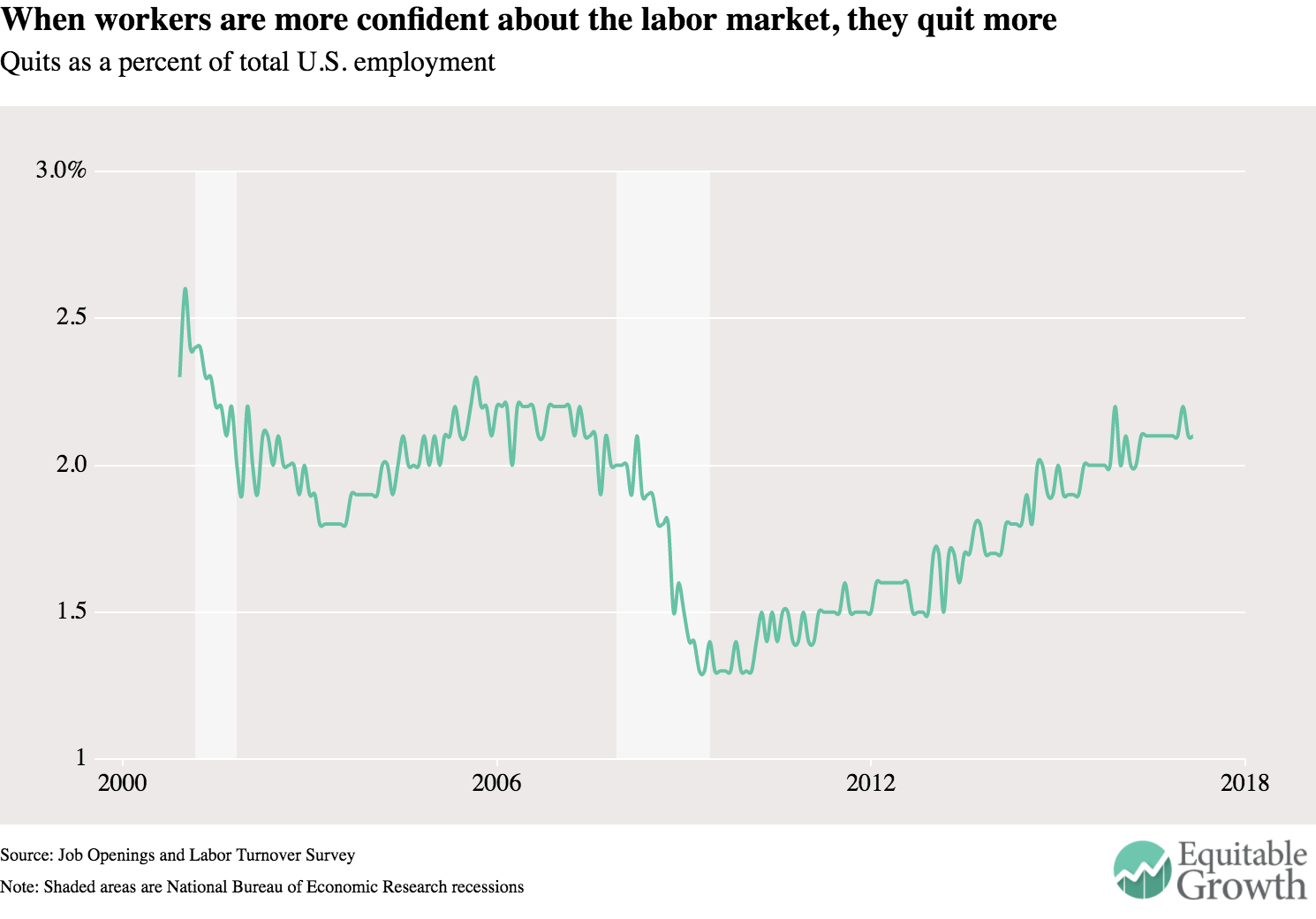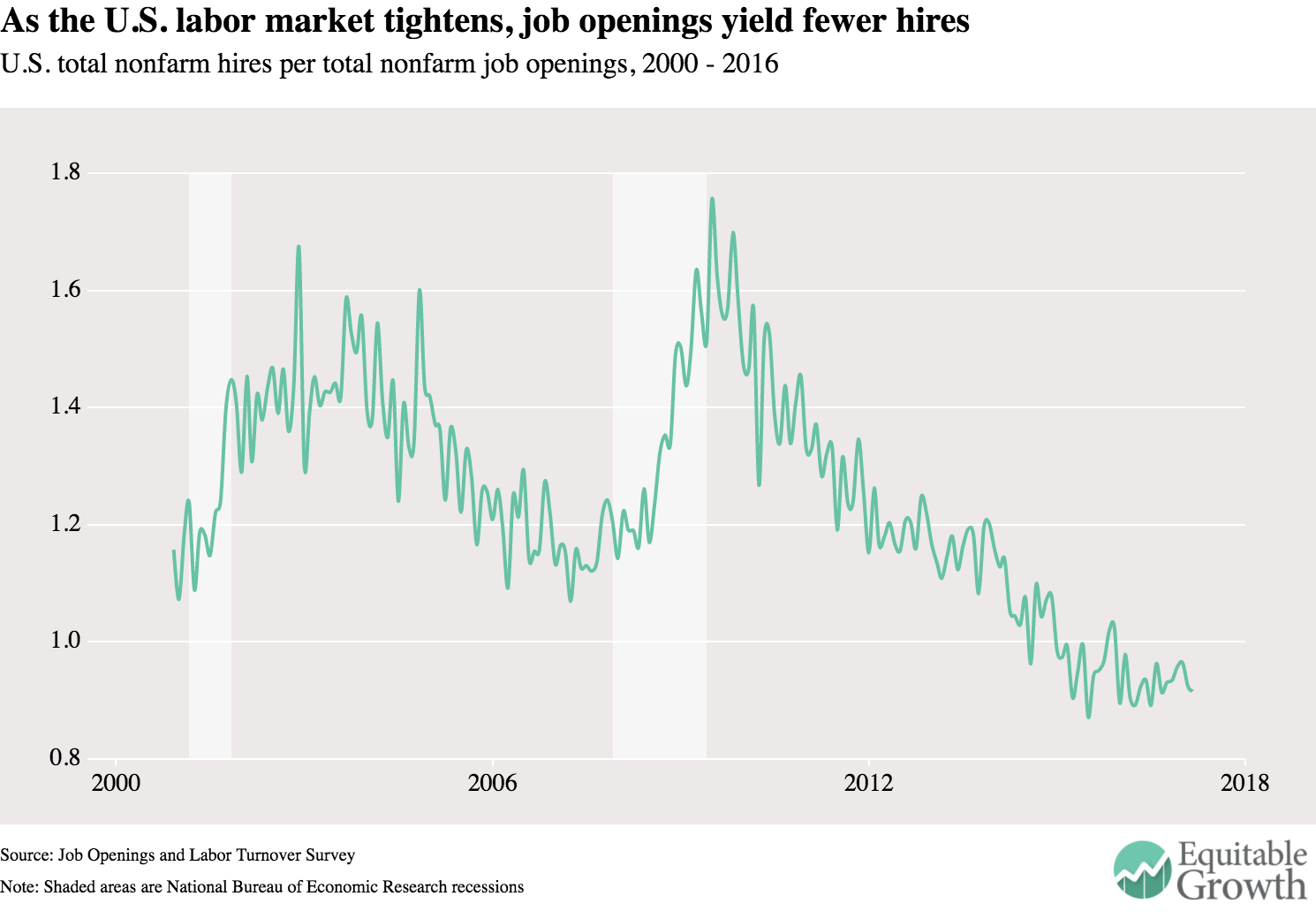Inclusive AI: Technology and Policy for a Diverse Urban Future https://www.eventbrite.com/e/inclusive-ai-technology-and-policy-for-a-diverse-urban-future-tickets-31896895473: Wed, May 10, 2017 10:30 AM – 5:30 PM

Panel 3: The Future of Work: Automation and Labor
- Ken Goldberg
- Brad DeLong,
- James Manyika
- Costas Spanos
- Laura Tyson
- John Zysman
https://www.icloud.com/keynote/0w1qzB37W6lJ8pGCYZplqbGcw









Since I get to go first, I will preemptively take the hyper-Olympian and very long-run historical point of view…
The human brain is a massively parallel supercomputer that fits in half a shoebox. It draws 50 W of power. Human fingers are amazingly fine manipulation devices. Human back and leg muscles—especially when testosterone soaked—are quite good at moving heavy objects. And so, back in the environment of evolutionary adaptation, we used our brains, big muscles, and fingers to lead interesting, if stressful and short, lives.
But as history has enrolled we have done other things to add economic and sociological value than use our backs, our fingers, and our brains to innovate and create. Over the long historical sweep, backs and fingers have declined and we have turned many of us into, instead:
- robots performing repetitive tasks,
- microcontrollers for domesticated animals and machines,
- relatively simple accounting and recording software bots,
- personal servitors,
- social engineers trying to keep all those things controlled by brains—especially by the testosterone soaked ones—working together harmoniously. With limited success.
while remaining innovators and creators.
Backs started to go out with the domestication of the horse. Fingers with the invention of the spinning jenny. Microcontrollers and accounting ‘bots, we can see, are now on the way out too. So, fortunately, are the jobs that treat humans as simple robots.
That leaves us with a future of work made up of:
- personal servitors,
- social engineers,
- innovators and creators.
Utopia or dystopia? Heaven or hell?
Over to you, James. And, in a broader sense, over to all of you—in the audience, and out there in Internet land…



